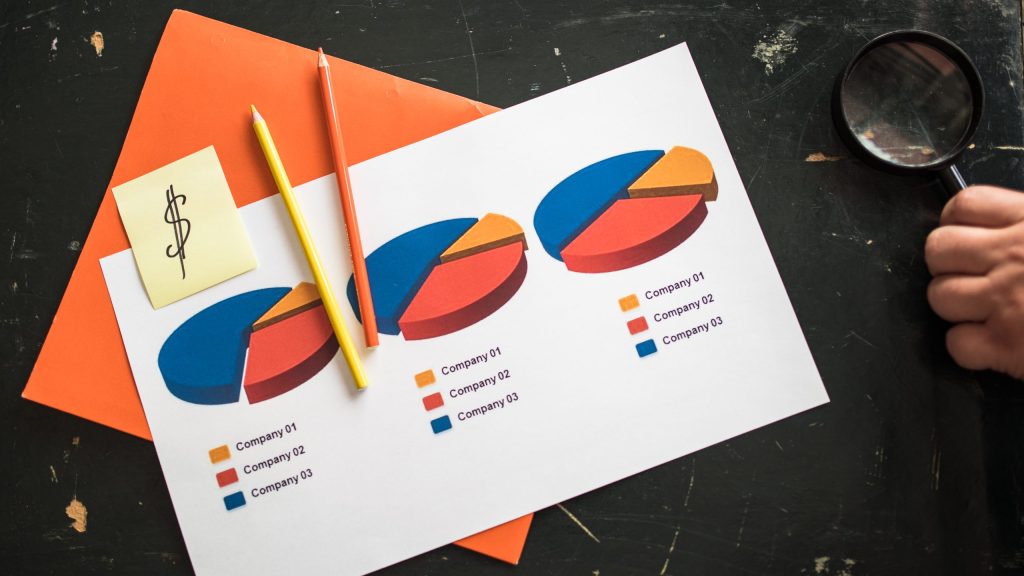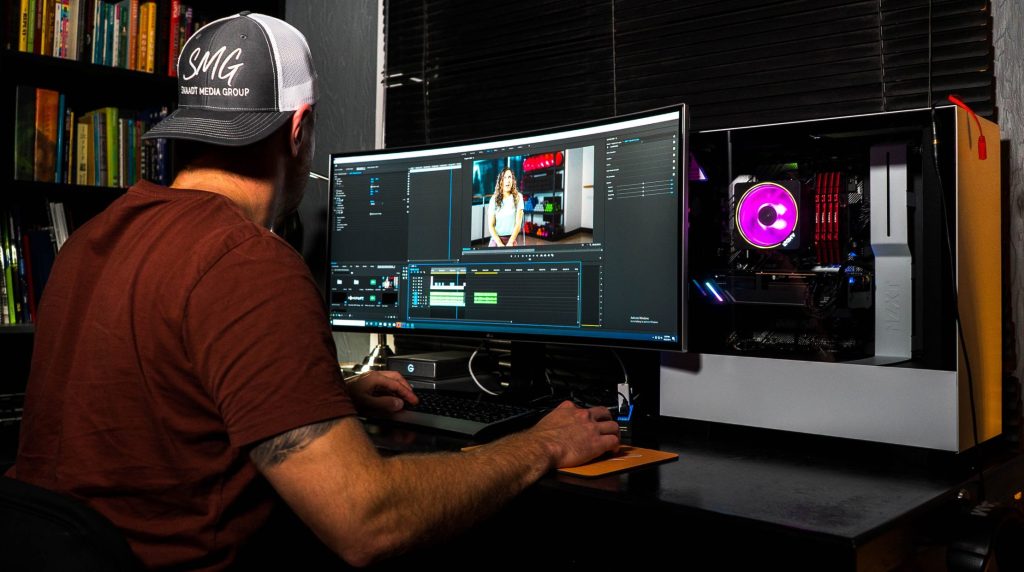In a world where people are constantly bombarded with information, it’s more important than ever to create quality content that can capture and hold someone’s attention. And while text and images still have their place, video is quickly becoming the most popular form of content online.
What makes video so captivating? One of the key reasons is that it’s a very effective way to communicate data. When done well, data-driven videos can be an engaging and informative way to explain complex concepts, share new research findings, or show how your product or service works.
However, to create an effective data-driven video, you need to do more than just throw a bunch of numbers and charts on the screen. Here are some tips to help you use data effectively in your video content.
Use Data Analysis And Management Platforms
As a marketer, you know that data is essential for understanding your audience and creating effective content. But collecting and organizing data can be a time-consuming process, especially when you’re dealing with large amounts of information. That’s where data analysis and management platforms come in.
There are a lot of features and functions that these platforms offer. However, data automation and orchestration are two key features of these platforms that can help make your job easier. Data automation allows you to collect data automatically from a variety of sources, while data orchestration helps you to easily organize and analyze it all.
This makes it easy to find the insights you need quickly so you can start creating content that resonates with your audience.
There are many different data analysis and management platforms available, so do your research to find one that fits your needs. And remember, the more organized and efficient your data is, the easier it will be to create successful content marketing campaigns.
Use Data To Tell a Story
The best way to use data in your videos is to tell a story with it. This could be something as simple as showing how your product or service has helped improve someone’s life or using data to illustrate a problem that needs solving. Even if you’re just presenting a bunch of facts and figures, telling a story with your data will help make it more interesting and engaging.
Whatever story you want to tell, make sure the data you use is relevant and easy to understand. Also, don’t forget to add a personal touch by including real people and emotions in your videos. After all, data is more relatable when it’s tied to a real person or situation.
Use Multiple Data Visualization Techniques
Once you have your data gathered and organized, it’s time to start visualizing it. But don’t just settle for using one type of data visualization. Experiment with different techniques and find the ones that work best for the story you want to tell.
Some common data visualization techniques include graphs, charts, infographics, and maps. And while these are all great options, there are endless possibilities for how you can visualize your data. So get creative and experiment until you find the right way to present your information.
Use Data To Create Interactive Videos
If you want to make your videos pop, consider making them interactive. There are several ways to do this, but one option is to use data to create an interactive video. This could involve using data visualizations to create a quiz or game, allowing viewers to choose how the story unfolds or giving them the ability to control the pace of the video.
Interactive videos are a great way to keep viewers engaged and can even help increase retention rates. So if you want your videos to be truly memorable, consider making them interactive.
Use Data To Test And Optimize Your Videos
Just like with any other type of content, it’s important to test and optimize your videos. This means using data to understand how viewers are interacting with your videos and what’s working well (and what’s not).
There are many different metrics you can track, but some key ones to look at include view duration, completion rate, and drop-off point. You can also use data to A/B test different elements of your video, such as the title, thumbnail image, or call-to-action.
By constantly testing and optimizing your videos, you can improve their performance over time and ensure that they’re delivering the results you want.
Final Thoughts
No matter how you use data, the important thing is that you use it to improve your content marketing strategy. By leveraging data, you can create better videos that resonate with your audience and help you achieve your business goals. So what are you waiting for? Start using data today to take your video content to the next level.



